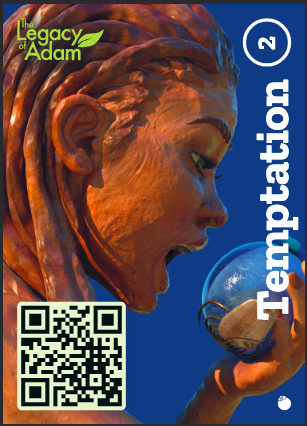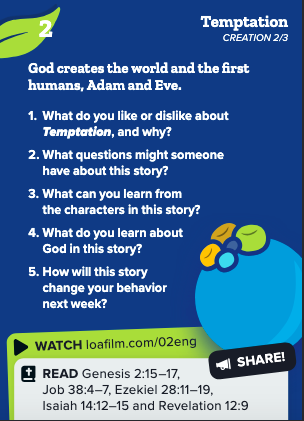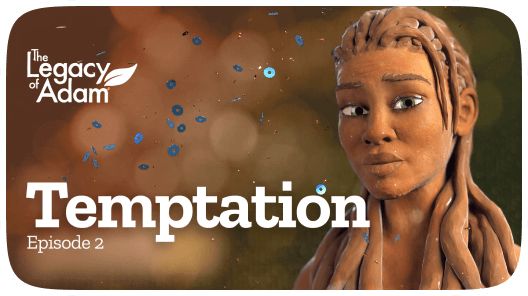Ep 2 | Temptation
Adam and Eve explore the joys of Eden and face temptation, as a sinister plot unfolds to disrupt their paradise.
Bible Reference
Related Sources
Featured Videos
The story of creation like never before, we unfold the great mystery underlying the creation of the universe.
Ep 3: The Fall
Music Video: To Die
Witness the ultimate act of love and grace that brings salvation to all who believe.
Related FAQs
The episode presents a different view of Satan’s rebellion compared to the Qur’an. There are also explanations about the concept of angels and demons in Islam and Christianity.
The talking serpent is often seen as a supernatural being—later identified in Scripture as Satan—the snake is used as a metaphor while probably looking like a trustworthy person to Eve.
The tree of knowledge served as a boundary. Without the ability to choose, love and obedience would be meaningless. It gave Adam and Eve a real opportunity to trust God’s wisdom over their own. The presence of the tree wasn’t a trap—it was an invitation to relationship built on trust.
Yes. In the Qur’an, Shaytan whispers to both Adam and his wife, tempting them to eat from the forbidden tree. As in the Bible, it leads to their descent to earth. However, the Qur’an emphasizes that both share equal blame, and it does not describe the tempter as a literal serpent.
No. Christianity teaches that Adam’s sin introduced a fallen nature into all of humanity. Islam rejects this idea, holding that every person is born sinless and responsible only for their own actions. Adam’s error was personal, not inherited by others.
The biblical account shows Eve engaging the serpent first, but Adam was with her and also disobeyed. The New Testament emphasizes Adam’s responsibility as the one given the command. Misinterpretations over time have unfairly blamed Eve more, despite the shared accountability in Scripture.
The Bible portrays Satan as a deceiver, able to take on forms that mislead. In 2 Corinthians, Paul says Satan can masquerade as an angel of light. The serpent in Eden is an early example of this deceptive nature—subtle, manipulative, and targeting trust in God. It does not mean however that Satan actually looked like a snake.
Whether taken literally or symbolically, the story captures deep truths about human experience: temptation, doubt, desire, and consequence. It’s about more than a snake—it’s about the moment humans chose independence over trust, something people still wrestle with every day.
Eden was good, but not sealed from challenge. Goodness includes the freedom to choose. Evil entered through a free agent—Satan—who chose rebellion and offered that same rebellion to humans. Eden wasn’t a bubble; it was a place of beauty and moral testing.
Partially. They gained knowledge of good and evil, but at the cost of innocence and relationship. The rebellious being, the serpent’s lie was in the framing—he promised godlike power but led them into shame and separation. Their “eyes were opened,” but not in the way they hoped.














